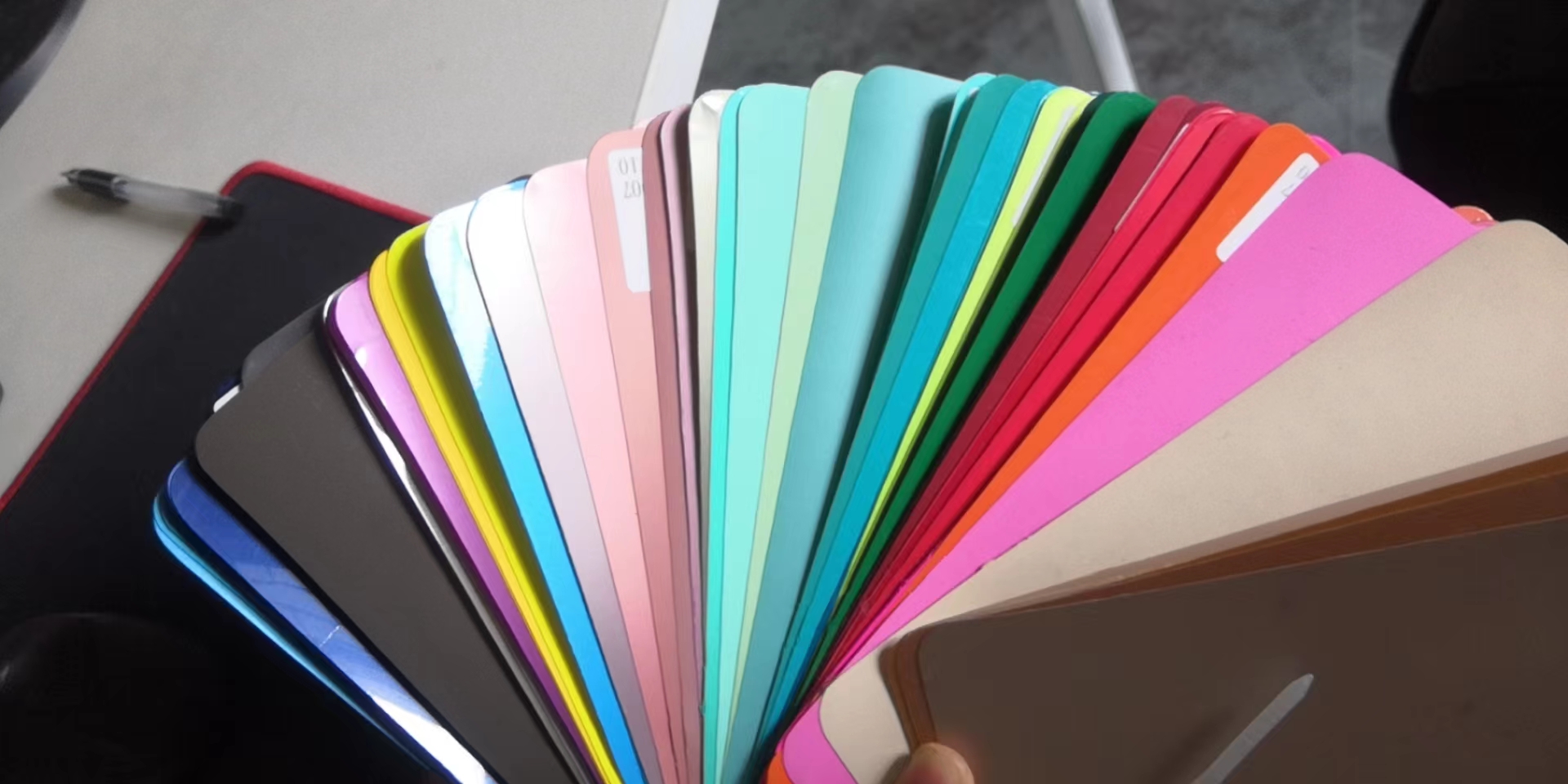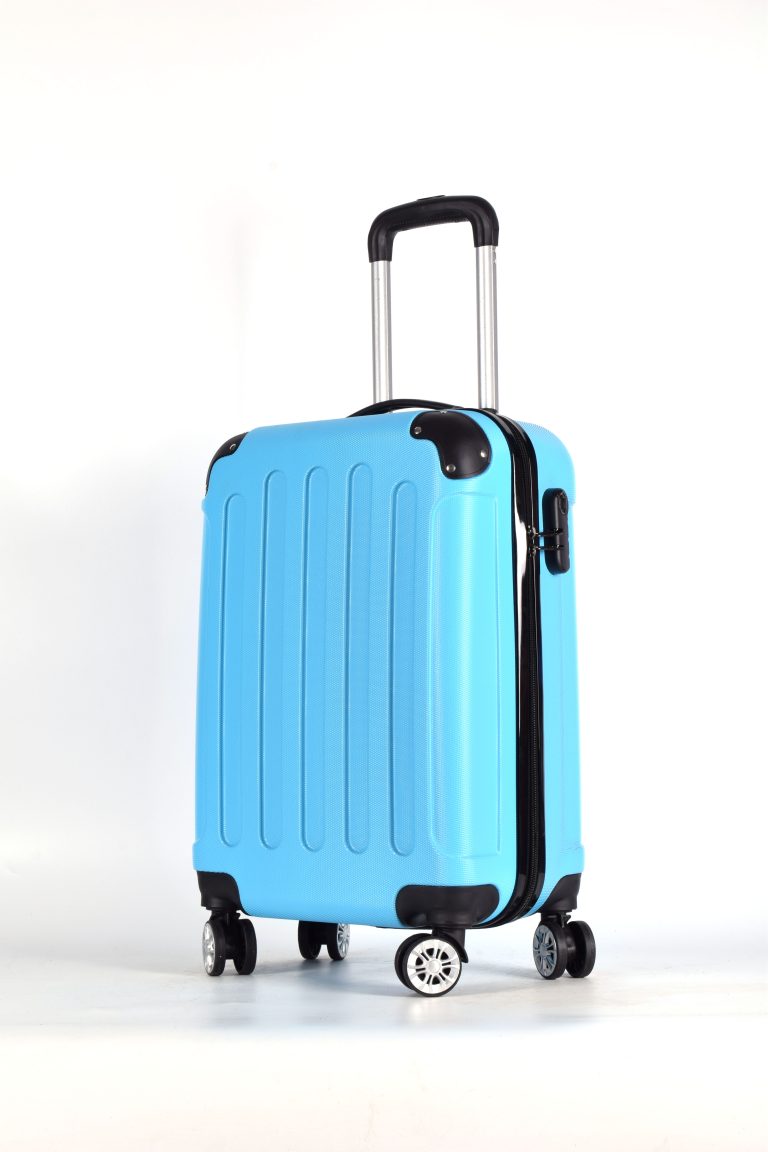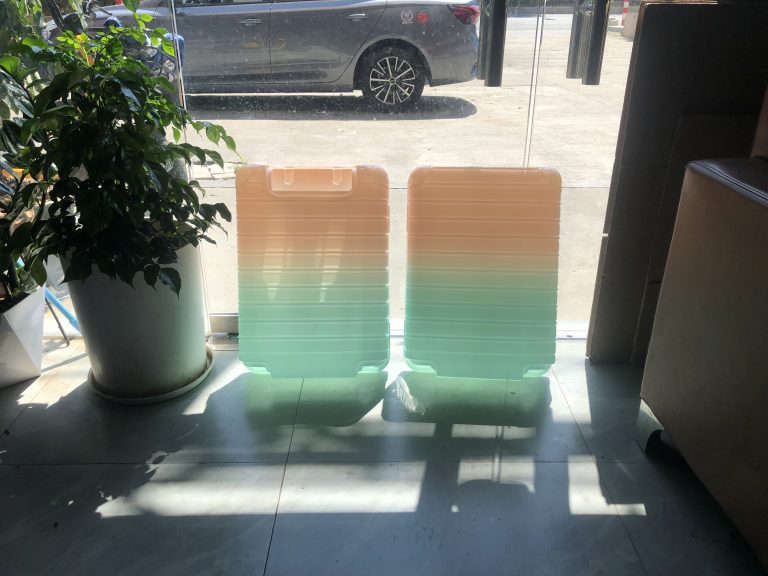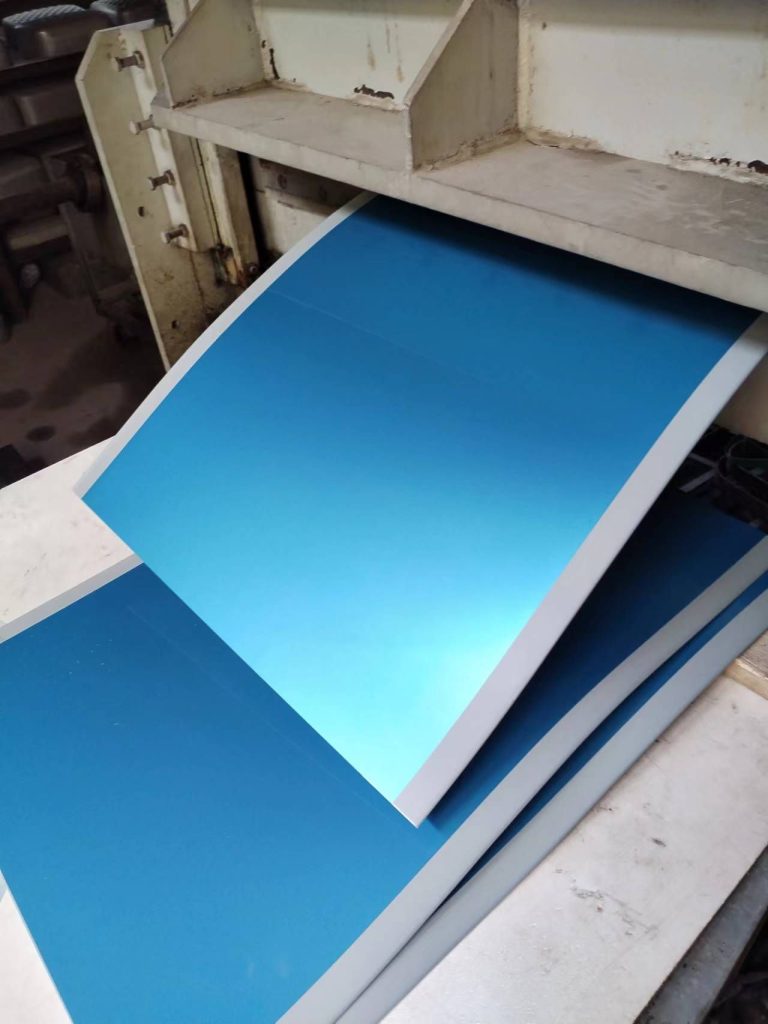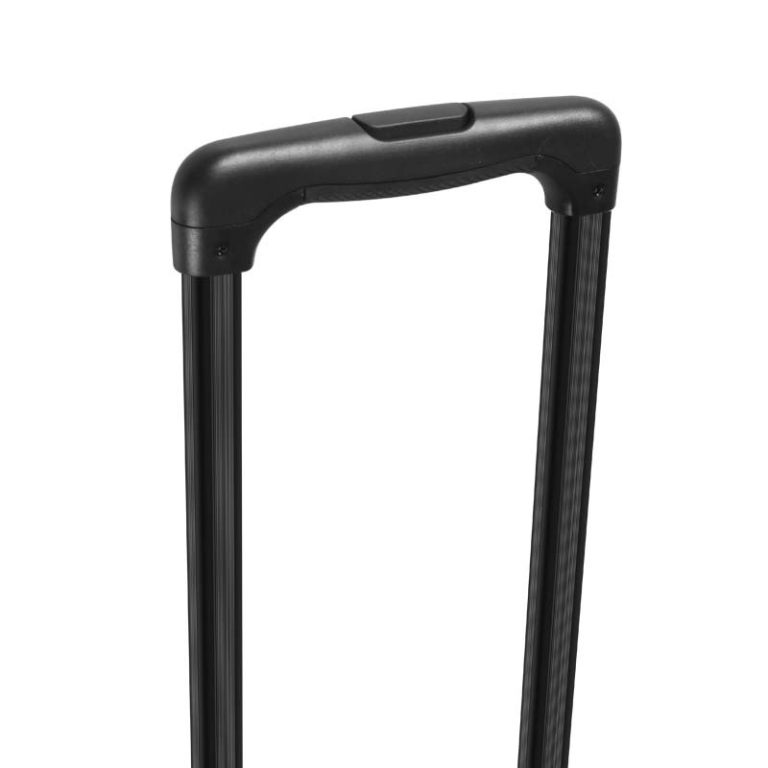When determining custom colors in international trade, it is important to establish clear communication and follow a systematic process to ensure both parties understand and agree on the specific color requirements. Here are some steps you can take:
- Color Specification: Begin by clearly defining the color specifications. Use internationally recognized color systems such as Pantone Matching System (PMS), RAL, or CMYK to provide specific color codes or references.
- Color Samples: Request or provide physical or digital color samples to visually represent the desired color. This could include fabric swatches, paint chips, or color charts. Ensure the samples are accurately representative of the color you want.
- Color Communication: Use visual aids and clear descriptions to communicate the color effectively. Visual aids could include photographs, digital images, or color simulations. Detailed descriptions can be helpful in specifying shades, undertones, and any additional color characteristics.
- Color Confirmation: Seek confirmation and mutual agreement from the other party regarding the specified color. This can be done through written correspondence, email exchanges, or signed agreements. Ensure that both parties understand and acknowledge the chosen color.
- Color Tolerance: Discuss acceptable color variations or tolerances. Colors can vary slightly due to factors like lighting, production processes, and material differences. Agree on an acceptable range within which the color can deviate while still meeting the requirements.
- Color Approval Process: Establish a process for color approval. This may involve the submission of physical or digital color samples for evaluation and confirmation by both parties. Determine whether the approval will be based on subjective judgment or objective measurement using color measurement devices.
- Documentation: Document the agreed-upon color specifications in contracts, purchase orders, or other relevant documents. This ensures that both parties have a clear reference to avoid any disputes or misunderstandings in the future.
Remember, clear and open communication is key when discussing custom colors in international trade.
As a luggage factory, the determination of color is also very important for our manufacturer. We generally use Pantone color card C board to determine the color needs of customers.
